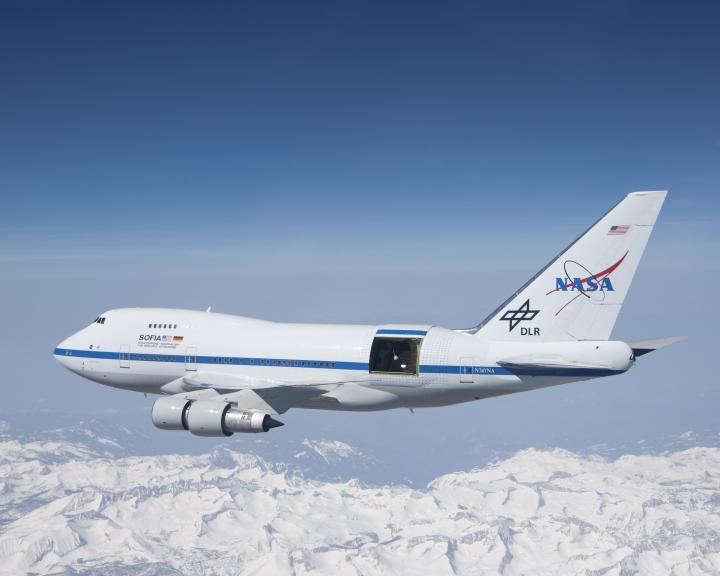Since 2014, a very special airplane has been helping astronomers peer out beyond Earth’s atmosphere. NASA’s SOFIA, or Stratospheric Observatory for Infrared Astronomy, is an observatory fit into a modified Boeing 747 that has been operating for the past eight years. Now, it has taken its last flight and will be retiring from service.
The concept of SOFIA was to place a telescope into an airplane so it could fly above the majority of the water vapor in the Earth’s atmosphere. This water vapor interferes with readings, so being above it allowed SOFIA to see further and with greater accuracy. The concept worked well and SOFIA contributed to a range of astronomical discoveries, however, earlier this year NASA announced it would be retiring the project. The costs of maintaining and running the observatory meant it was not a good value proposition in terms of the amount of research gained per dollar spent when compared to other telescopes such as the Hubble Space Telescope.

Still, SOFIA leaves a legacy of scientific accomplishments, most famously detecting small amounts of water on the surface of the moon, announced in 2020. It also contributed to findings about star formation and Earth’s atmosphere, from readings taken over its total 732 nights of observing time.
“From deepening our understanding of water on the Moon to revealing the invisible forces of cosmic-scale magnetic fields, none of it could have happened without the hundreds of people who contributed their expertise to the SOFIA mission,” said Naseem Rangwala, the mission’s project scientist at NASA’s Ames Research Center, in a statement.
With SOFIA having taken its last flight, NASA says it is now searching for a permanent home for the airplane. And the torch of infrared observations has already been taken up by the new James Webb Space Telescope.
“Infrared astronomy will go on at NASA, most notably with the James Webb Space Telescope,” said Paul Hertz, senior advisor for NASA’s Science Mission Directorate, former Astrophysics Division director, and former SOFIA program scientist. “But SOFIA’s many and diverse contributions to science have already left their mark.”
Editors' Recommendations
- Astronauts take major step toward Starliner’s first crewed flight
- Watch NASA begin testing its Orion capsule for lunar flyby
- NASA reveals target date for first crewed Starliner flight
- NASA and Boeing start fueling Starliner spacecraft for first crewed flight
- NASA, Boeing delay Starliner’s first crewed flight again



